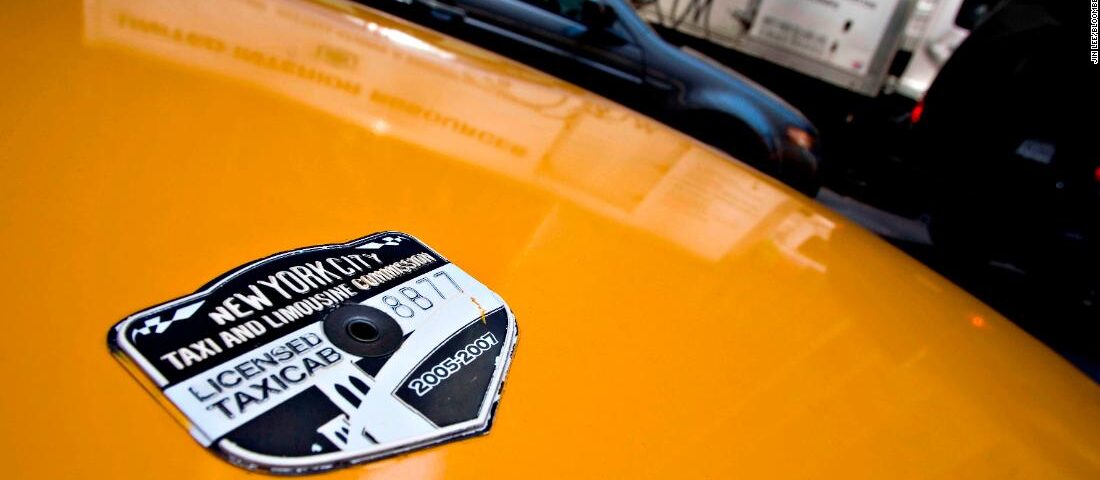UNITED STATES - MAY 29: A New York City Taxi and Limousine Commission medallion sits on the hood of a taxi in New York, Tuesday, May 29, 2007. New York City taxi medallions, the license to operate a cab that passengers hail on the street, sold for a record $600,000 each, the lender in the transaction said. (Photo by Jin Lee/Bloomberg via Getty Images)
- DateApril 23, 2019


